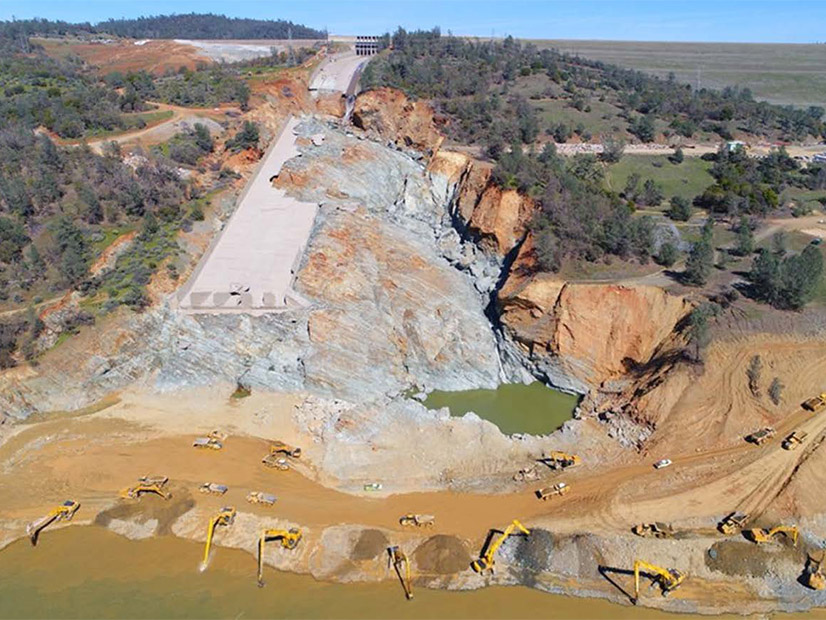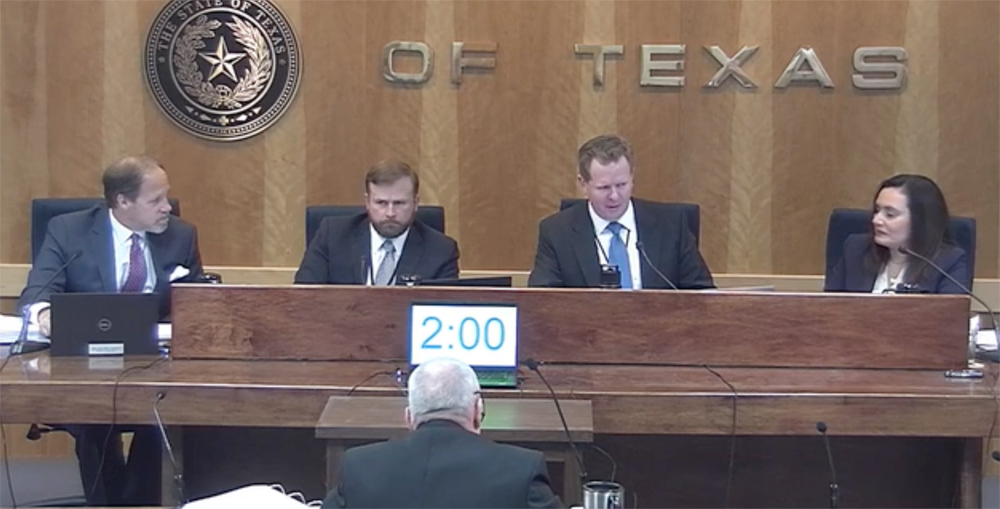The New Jersey Board of Public Utilities (BPU) on Wednesday authorized new incentives to promote the installation of EV chargers in multifamily buildings in an effort to broaden the demographics of electric vehicle drivers.
The BPU voted unanimously to establish the new program, which will offer a $1,500 incentive for the installation of a Level 2 charger in an apartment, condominium or mixed-use residential building, and pay half of the project’s “make-ready” costs — for installing the wiring required for a charger — up to a total of $5,000. Incentives increase to $2,000 for a Level 2 charger, and 75% of make-ready costs up to a total of $7,500 for installations in low-income or minority communities or those overburdened with pollution or other negative environmental impacts.
The board allocated $1 million to the program out of $14 million previously set aside to encourage the deployment of charging stations around the state. To be eligible for the multifamily program, a building must have a minimum of five units and have dedicated off-street parking. Applicants can seek funding for up to six Level 2 chargers, which, at 240 volts, can top up an EV battery, for example, while the owner is sleeping.
The BPU’s vote in support of the program was one of several aimed at advancing New Jersey’s clean energy initiatives at the agency’s last regular meeting of the year. The board also extended the completion deadline for projects in the state’s community solar pilot program and endorsed an agreement to work with the National Offshore Wind Research and Development Consortium.
The approval of the EV charger incentives follows Gov. Phil Murphy’s signing in July of a law that makes it easier to install EV chargers in a variety of locations, including multifamily buildings. The law automatically made the installation of electric vehicle supply equipment or the creation of make-ready parking spaces a permitted use under municipal zoning laws.
The law removed the often time-consuming necessity to seek a municipal zoning variance to permit the installation of EV chargers and specifically removed that requirement for multifamily buildings with five or more units. To meet the eligibility rules outlined in the law, a developer must equip 15% of available off-street parking spaces with make-ready charging infrastructure and install EV chargers in at least one third of the available spaces.
Speaking before the vote, BPU President Joseph L. Fiordaliso, said the multifamily incentives are important because they expand “the participation of all communities within the state of New Jersey into renewable energy, into, in this case, electric vehicles.”
Residents in multifamily buildings may not have the opportunity to buy or drive an EV unless their building is equipped with a charger, Fiordaliso said. “This is a start,” he said. “Every segment of our population must have the opportunity to participate in the clean energy revolution that we’re going through in this country, and in this state.”
The new incentive program is part of Murphy’s plan to cut New Jersey’s carbon emissions by 80% of the 2006 levels by 2050. The state also sees the installation of chargers as key to reaching its goal of putting 330,000 light-duty EVs and plug-in hybrids on the road by 2025. Other 2025 goals including putting at least 1,000 Level 2 chargers and 400 DC fast chargers at locations available for public use.
Promoting Competition, Ratepayer Protection
The BPU also belatedly ratified comments drafted by New Jersey and seven other states and the District of Columbia responding to FERC’s Advance Notice of Proposed Rulemaking regarding transmission planning, transmission cost allocation, and generation interconnection (RM21-17). The seven states — Connecticut, Maryland, Massachusetts, Delaware, Rhode Island, Vermont and Minnesota — and the District of Columbia submitted the comments to FERC on Nov. 26.
The comments include two key points:
- The commission’s plan must ensure any rules enacted do not impede open and transparent competition and result in discriminatory behavior. “The Commission must closely scrutinize any proposed transmission reforms, especially those that impact competition,” a section of the ratified comments states. Given that ratepayers will need to spend billions more to reach clean energy goals, we cannot afford inefficient, non-transparent and non-competitive planning and procurement processes,” the comments said.
- The commission should establish regional independent transmission monitors to track the planning and cost of transmission facilities in the region. “An independent transmission monitor with expertise in evaluating transmission development costs, and the best means of controlling those costs, would give ratepayers an important additional protection and an unbiased entity to guard their interests,” the agencies stated. Without it, the “inherent economic self-interest of transmission owners” could lead them to oppose transmission expansion and limit new entrants seeking to develop transmission facilities, the agencies said.
BPU Extends Community Solar Completion Deadline
Solar developers who took part in the first phase of New Jersey’s Community Solar Energy Pilot Program, which the BPU launched in 2019, will get another four months to complete their projects, the BPU decided Wednesday. Without the extension, the completion deadline for projects approved in the pilot’s first phase would be Dec. 30.
Two of the first phase projects, developed in Perth Amboy by Solar Landscape of Asbury Park, began operating in January. But the 78 MW of projects approved in the first phase have faced several challenges, said the BPU order outlining the reasons for the deadline extension. (See Billing Key to NJ Community Solar Growth.)
Many had to cope with completing installations amid the COVID-19 pandemic, the order said. In addition, developers faced complications from a change in New Jersey’s solar incentive programs, switching the state’s original Solar Renewable Energy Certificates (SRECs) incentives to a transitional program issuing Transition Renewable Energy Certificates (TRECs).
As a result of such shifting conditions, program participants had different deadlines, and the extension to April will simplify the rules and bring all the program participants onto the same page, the board order said.
The BPU in October selected 105 projects totaling 165 MW for the second phase of the Community Solar Energy Pilot Program, but those projects are not affected by the deadline change. The board is planning a permanent community solar program that will begin in 2022. (See NJ Selects 165 MW in Community Solar Projects.)
Backing Clean Energy Collaboration
The BPU also backed two agreements related to the state’s growing offshore wind sector. In one, the board approved a memorandum of understanding with the National Offshore Wind Research and Development Consortium, a national nonprofit organization that works with industry to conduct research aimed at reducing the cost of offshore wind. The MOU will define the “procedures and protocols” for the BPU’s membership in the organization.
The second agreement, with the New Jersey Department of Environmental Protection, will determine how the state administers the revenues it will collect from fees of $10,000 per MW to be paid by developers of offshore wind projects approved in the second of the BPU’s two solicitation rounds. The fees are intended to “support research initiatives and the regional monitoring of wildlife and fisheries related to the introduction of offshore wind projects.” The agreement will determine the rules and guidelines governing how the funds are allocated.
The two agreements will be made public when they are signed, said BPU spokesperson Peter Peretzman.





